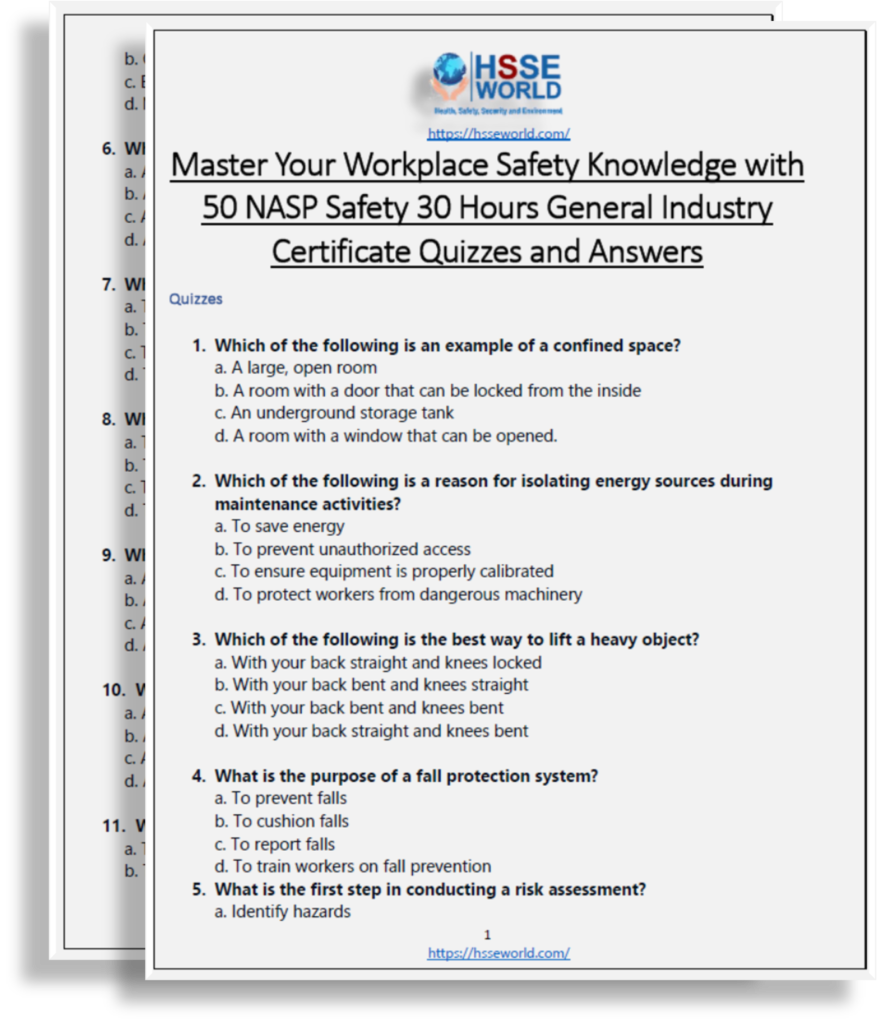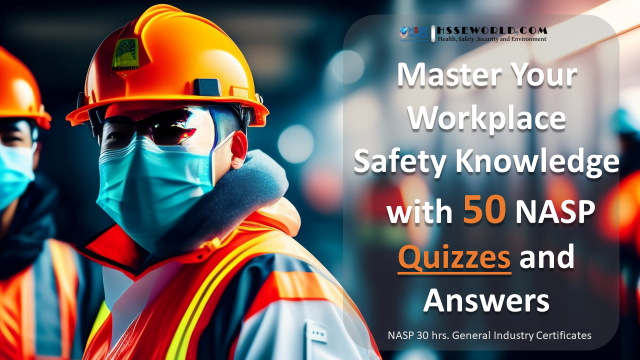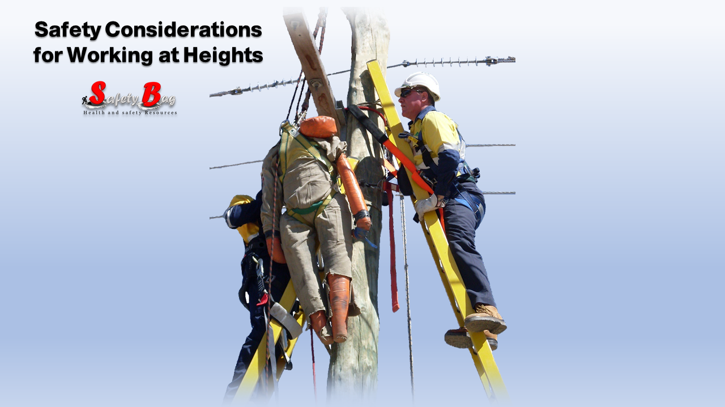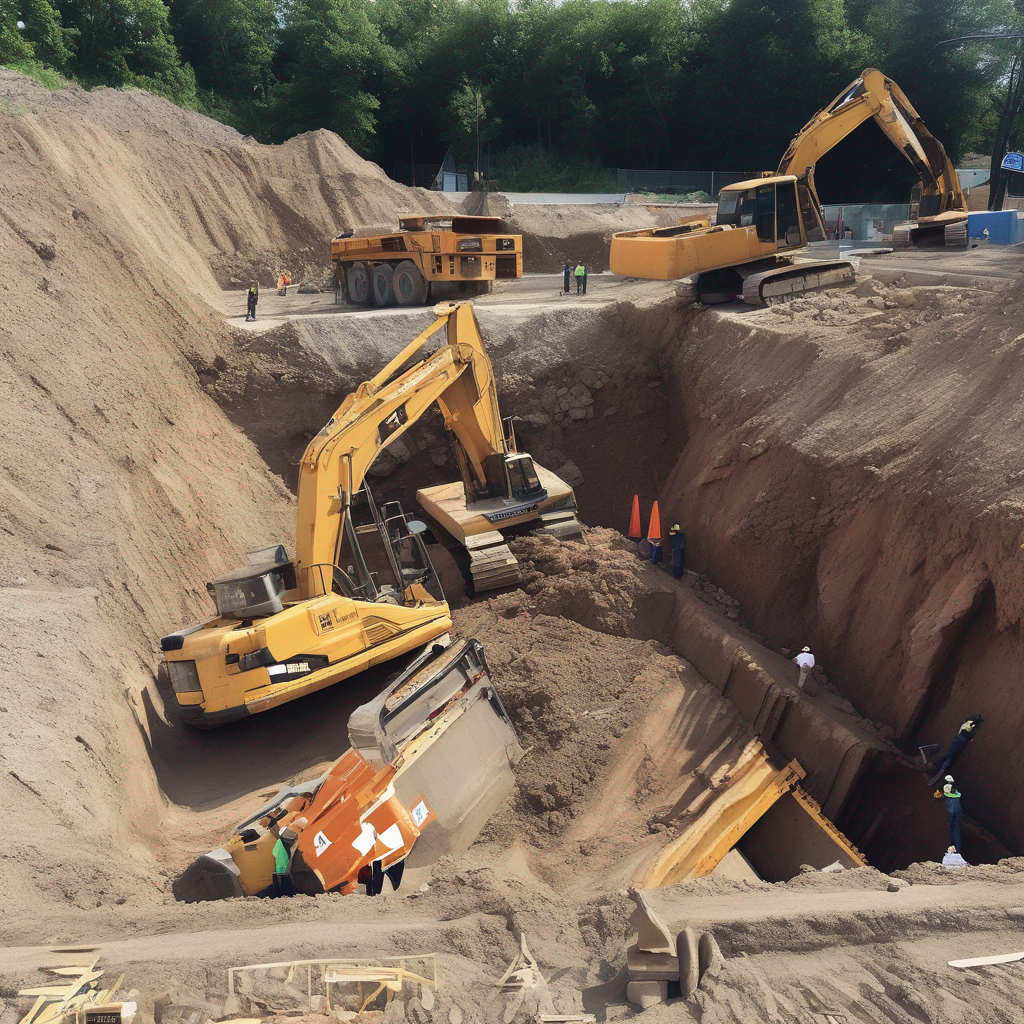These quizzes consist of multiple-choice questions and answers related to the NASP Safety 30 hours General Industry Certificate training program. The program is designed to provide workers with the knowledge and skills they need to work safely in a variety of general industry settings. The topics covered in the program include hazard identification and control, personal protective equipment (PPE), emergency action planning and response, electrical safety, confined space entry and rescue, fall protection, and other important workplace safety topics.
The quizzes are intended to help individuals test their knowledge and understanding of the material covered in the NASP Safety 30 hours General Industry Certificate training program. By taking these quizzes, individuals can assess their readiness for the final exam and identify areas where they may need to review or study further.
It’s important to note that these quizzes are not a substitute for the actual training program or the final exam. However, they can be a useful tool for individuals who are preparing to take the final exam or who simply want to test their knowledge of workplace safety concepts and principles.
Also Read: Free Common HSE Interview Questions and Answers for HSE Manager
Quizzes
- Which of the following is an example of a confined space?
a. A large, open room
b. A room with a door that can be locked from the inside
c. An underground storage tank
d. A room with a window that can be opened.
- Which of the following is a reason for isolating energy sources during maintenance activities?
a. To save energy
b. To prevent unauthorized access
c. To ensure equipment is properly calibrated
d. To protect workers from dangerous machinery
- Which of the following is the best way to lift a heavy object?
a. With your back straight and knees locked
b. With your back bent and knees straight
c. With your back bent and knees bent
d. With your back straight and knees bent
- What is the purpose of a fall protection system?
a. To prevent falls
b. To cushion falls
c. To report falls
d. To train workers on fall prevention
- What is the first step in conducting a risk assessment?
a. Identify hazards
b. Control hazards
c. Evaluate hazards
d. Monitor hazards
- Which of the following is an example of personal protective equipment (PPE)?
a. A fire extinguisher
b. A safety sign
c. A hard hat
d. A safety barrier
- What is the purpose of an emergency action plan?
a. To prevent emergencies from occurring
b. To respond to emergencies in an organized manner
c. To identify potential hazards
d. To provide training for emergency responders
- What is the purpose of shoring in an excavation?
a. To prevent cave-ins
b. To provide access to the excavation
c. To remove soil from the excavation
d. To stabilize the excavation
- Which of the following is an example of an electrical hazard?
a. A wet floor
b. A sharp object
c. A frayed power cord
d. A loud noise
- Which of the following is an example of a fall hazard?
a. A fire hazard
b. A chemical hazard
c. A slippery surface
d. A loud noise
- What is the purpose of a lockout/tagout system?
a. To prevent unauthorized access
b. To keep equipment running smoothly
c. To isolate energy sources during maintenance activities
d. To provide training for workers
- Which of the following is an example of a respiratory hazard?
a. Loud noise
b. High-temperature
c. Low humidity
d. Chemical fumes
- Which of the following is an example of a hand protection PPE?
a. A hard hat
b. Safety glasses
c. Gloves
d. Earplugs
- What is the purpose of a safety data sheet (SDS)?
a. To provide information about hazardous materials
b. To provide training for workers
c. To identify potential hazards
d. To prevent accidents from occurring
- Which of the following is an example of an environmental hazard?
a. A slippery surface
b. A loud noise
c. Extreme temperatures
d. A frayed power cord
- Which of the following is an example of an excavation hazard?
a. A slippery surface
b. A loud noise
c. A cave-in
d. A chemical spill
- What is the purpose of a safety committee?
a. To identify potential hazards
b. To provide training for workers
c. To investigate accidents
d. To promote safety in the workplace
- Which of the following is an example of a hearing protection PPE?
a. A hard hat
b. Safety glasses
c. Gloves
d. Earplugs
- What is the purpose of a hazard communication program?
a. To prevent accidents from occurring
b. To identify potential hazards
c. To provide training for workers
d. To promote safety in the workplace
- Which of the following is an example of a fall arrest system?
a. Safety glasses
b. A safety net
c. A hard hat
d. Earplugs
- What is the purpose of a fire prevention plan?
a. To respond to fires in an organized manner
b. To prevent fires from occurring
c. To identify potential fire hazards
d. To provide training for emergency responders
- Which of the following is an example of a chemical hazard?
a. A slippery surface
b. A loud noise
c. Extreme temperatures
d. Corrosive chemicals
- What is the purpose of a hazard assessment?
a. To identify potential hazards
b. To control hazards
c. To evaluate hazards
d. To monitor hazards
- Which of the following is an example of a fall restraint system?
a. A safety net
b. A safety harness
c. A hard hat
d. Earplugs
- What is the purpose of a safety inspection?
a. To identify potential hazards
b. To control hazards
c. To evaluate hazards
d. To promote safety in the workplace
- What is the purpose of a hazard analysis?
a. To identify potential hazards
b. To control hazards
c. To evaluate hazards
d. To monitor hazards
- Which of the following is an example of a fall prevention system?
a. A safety net
b. A safety harness
c. A hard hat
d. Earplugs
- What is the purpose of a safety management system?
a. To identify potential hazards
b. To control hazards
c. To evaluate hazards
d. To promote safety in the workplace
- Which of the following is an example of a machine-guarding hazard?
a. A wet floor
b. A sharp object
c. A frayed power cord
d. A missing safety guard
- What is the purpose of a respiratory protection program?
a. To prevent respiratory hazards
b. To provide training for workers
c. To identify potential respiratory hazards
d. To control respiratory hazards
- Which of the following is an example of a chemical exposure hazard?
a. A slippery surface
b. A loud noise
c. Extreme temperatures
d. Inhalation of toxic fumes
- What is the purpose of a job hazard analysis?
a. To identify potential hazards associated with a specific job
b. To control hazards associated with a specific job
c. To evaluate hazards associated with a specific job
d. To monitor hazards associated with a specific job
- Which of the following is an example of a heat stress hazard?
a. A slippery surface
b. A loud noise
c. Extreme temperatures
d. A frayed power cord
- What is the purpose of a fall hazard assessment?
a. To identify potential fall hazards
b. To control fall hazards
c. To evaluate fall hazards
d. To monitor fall hazards
- Which of the following is an example of a fire hazard?
a. A slippery surface
b. A loud noise
c. Extreme temperatures
d. Combustible materials
- What is the purpose of a workplace violence prevention program?
a. To prevent workplace violence
b. To provide training for workers
c. To identify potential workplace violence hazards
d. To control workplace violence hazards
- Which of the following is an example of a noise hazard?
a. A slippery surface
b. A loud noise
c. Extreme temperatures
d. A frayed power cord
- What is the purpose of a hazard control program?
a. To identify potential hazards
b. To control hazards
c. To evaluate hazards
d. To monitor hazards
- Which of the following is an example of a vibration hazard?
a. A slippery surface
b. A loud noise
c. Extreme temperatures
d. Prolonged exposure to vibrations
- What is the purpose of a safety audit?
a. To identify potential hazards
b. To control hazards
c. To evaluate safety performance
d. To monitor safety performance
- Which of the following is an example of a manual handling hazard?
a. A slippery surface
b. A loud noise
c. Extreme temperatures
d. Lifting heavy objects
- What is the purpose of a chemical hygiene plan?
a. To prevent chemical hazards
b. To provide training for workers
c. To identify potential chemical hazards
d. To control chemical hazards
- Which of the following is an example of a radiation hazard?
a. A slippery surface
b. A loud noise
c. Extreme temperatures
d. Exposure to ionizing radiation
- What is the purpose of an ergonomic hazard assessment?
a. To identify potential ergonomic hazards
b. To control ergonomic hazards
c. To evaluate ergonomic hazards
d. To monitor ergonomic hazards
- Which of the following is an example of a biological hazard?
a. A slippery surface
b. A loud noise
c. Extreme temperatures
d. Exposure to infectious agents
- What is the purpose of a hazard communication program?
a. To identify potential hazards
b. To control hazards
c. To communicate information about hazardous materials
d. To monitor hazards
- Which of the following is an example of a respiratory hazard?
a. A slippery surface
b. A loud noise
c. Extreme temperatures
d. Inhalation of airborne contaminants
- What is the purpose of a workplace hazard assessment?
a. To identify potential hazards in the workplace
b. To control hazards in the workplace
c. To evaluate hazards in the workplace
d. To monitor hazards in the workplace
- Which of the following is an example of an electrical hazard?
a. A slippery surface
b. A loud noise
c. Extreme temperatures
d. Contact with live electrical wires
- What is the purpose of an incident investigation?
a. To identify potential hazards
b. To control hazards
c. To evaluate the causes of incidents
d. To monitor incidents
Answers
1.c 2.d 3.d 4.a 5.a 6.c 7.b 8.d 9.c 10.c 11.c 12.d 13.c 14.a 15.c 16.c 17.d 18.d 19.c 20.a 21.b 22.d 23.a 24.a 25.a 26.a 27.c 28.d 29.d 30.d 31.d 32.a 33.c 34.a 35.d 36.d 37.b 38.b 39.d 40.c 41.d 42.d 43.d 44.a 45.d 46. c 47.d 48.a 49.d 50.c
Download

Also, Read




